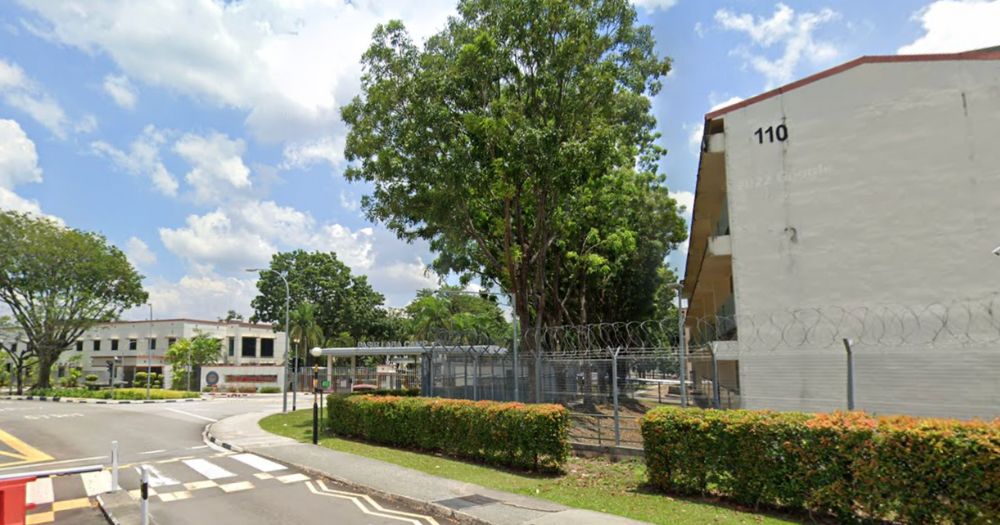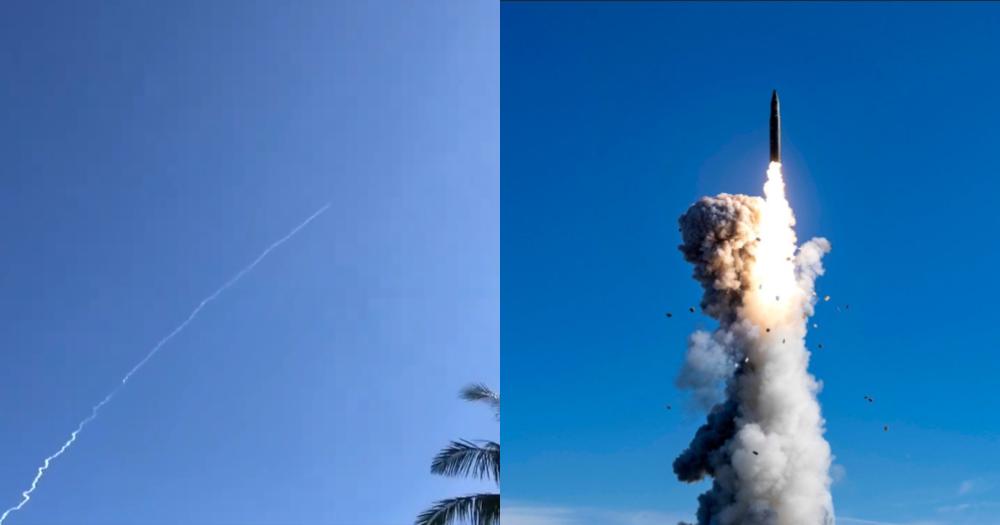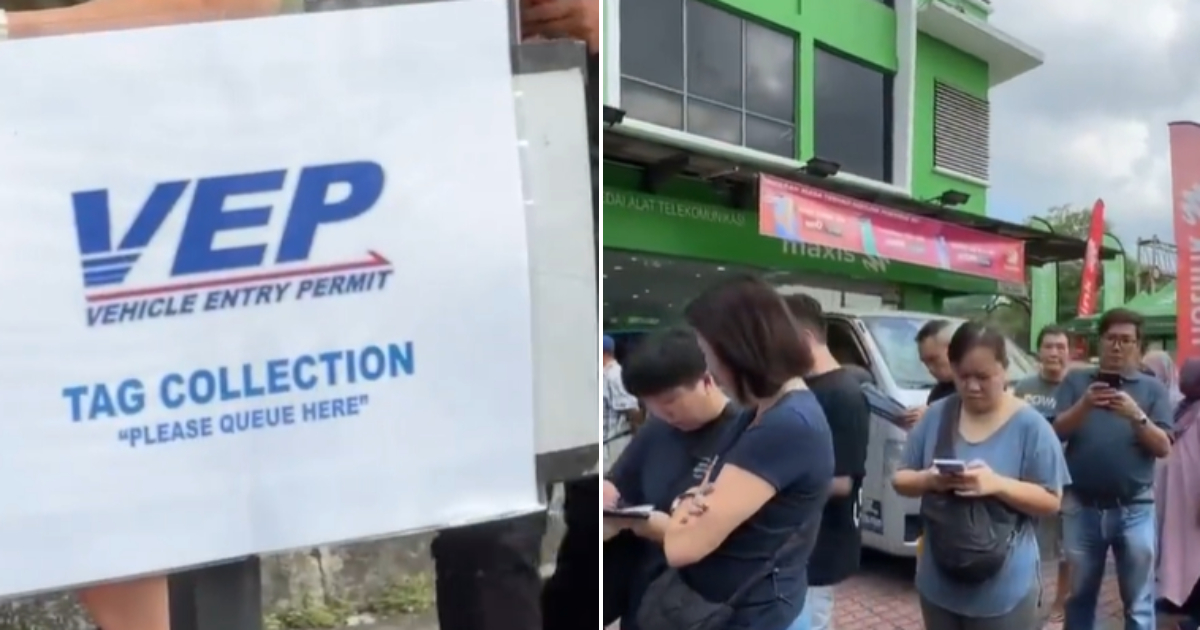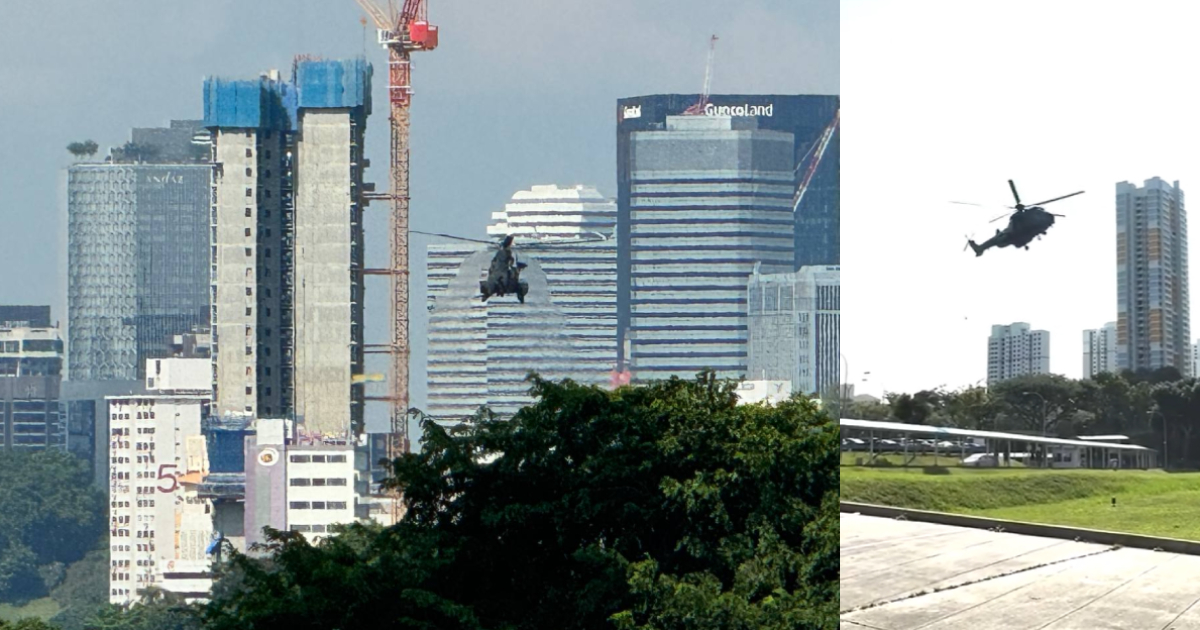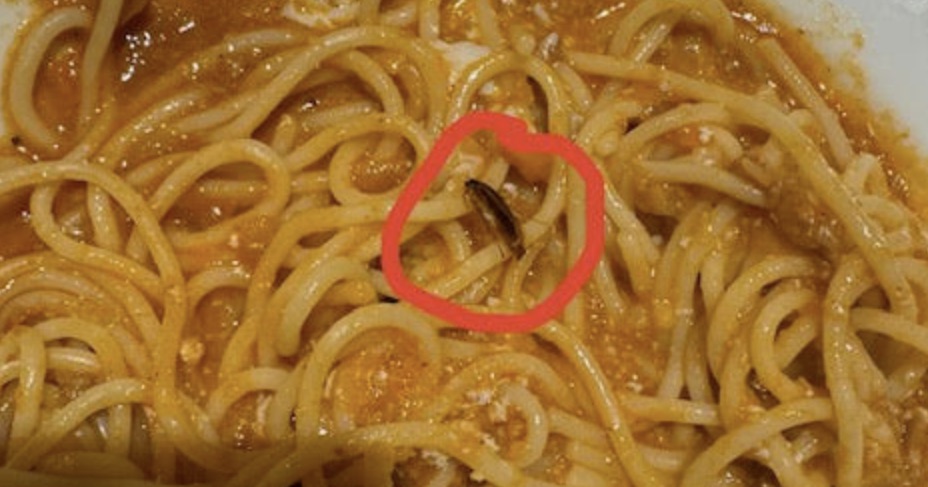Oil spill clean-up at 'heavily impacted' Tanjong & Palawan beaches may take up to 3 months
Latest estimate.
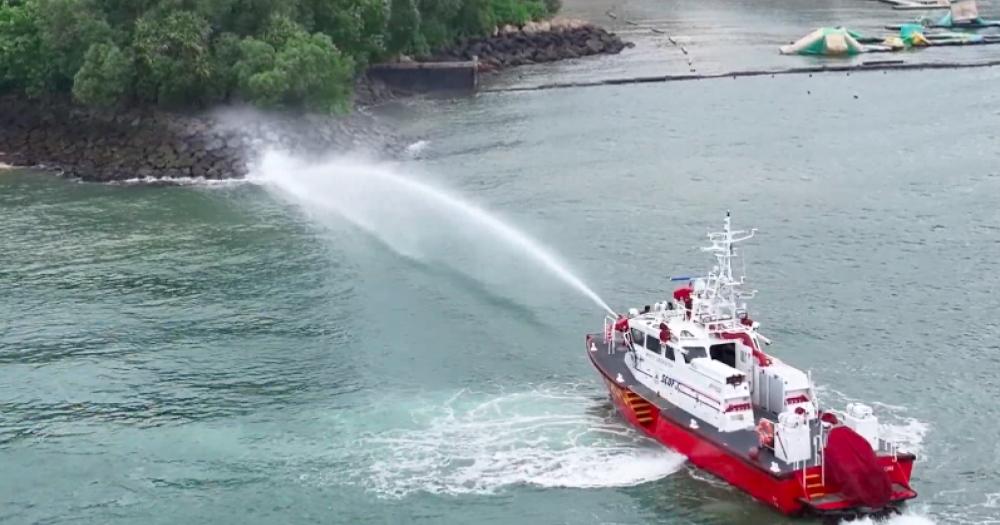
Singapore is moving on to the next phase of the clean up of the oil spill which occurred at Pasir Panjang.
This phase is focused on the more difficult clean-up of oil remnants trapped in areas such as coastal features, waterside infrastructures and rock bunds.
This is according to a joint press release on Jun. 24 by the Maritime and Port Authority of Singapore (MPA), National Environment Agency (NEA), National Parks Board (NParks), national water agency PUB, Sentosa Development Corporation (SDC) and Singapore Food Agency (SFA) and the Singapore Land Authority (SLA).
The press release noted that these areas are not so easily accessible, and oil could be trapped in crevices and below beach surfaces that require "significant" effort to clean.
More severely affected areas will take about three months to clean
In addition, for more heavily impacted areas, including Sentosa's Tanjong and Palawan beaches, the specialised clean-up operations are expected to take around three months, based on preliminary estimates.
According to Minister for Sustainability and the Environment, Grace Fu, these three months will include both cleaning and testing.
She also said that the three months was an approximation as there many variables in the cleaning operations.
"We need to flush out the oil that has been trapped in the boulders, [and] underneath the boulders... we need to discover what's underneath the sand, see whether there are further... contaminated sand deep down below."
Specialised resources and equipment to be used for new phase
The press release added that this new phase will involve specialised resources and equipment.
The cleaning will also be done carefully, with considerations for the conditions at each site, such as wind, tide and current, to minimise the oil on the rock bunds from re-polluting the coastline, beaches and biodiversity-sensitive areas.
The organisations added that they are working with oil spill consultants to deploy the "most effective" methods for cleaning while minimising cleaning contamination to the surrounding areas.
Clean up of more lightly affected areas expected to be finished earlier
In the case of areas which are more lightly impacts such as Sentosa's Siloso beach and certain stretches of East Coast Park, the clean up is expected to be completed earlier.
The press release highlighted that rock bund cleaning at Siloso beach started since Jun. 21 and the Singapore Civil Defence Force has also deployed a Rapid Response Fire Vessel at the affected area to support the cleaning operation.
As for the cleaning of selected rock bunds at East Coast Park, it will commence this week, with the authorities also working towards the progressive re-opening of certain stretches earlier as well.
All beaches on Sentosa also remain open.
As for swimming and activities, these can only resume when the water quality has returned to normal and is stable, even after a beach has been cleaned and re-opened, according to the press release.
The government is also monitoring the impact of the oil spill on related business and affected residents as the situation continues to evolve.
Sentosa Cove less severely affected
As for Sentosa Cove, it has been less severely affected by the oil spill as the lockgates were promptly closed and this has been supplemented by absorbent booms since Jun. 15, 2024, according to the press release.
Vessel movements within Sentosa Cove have also been halted to minimise the impact on the cove's waterways and canals within residential areas.
Vessel movements will be allowed to resume when the lockgates are safe to open.
Oil deposits on seaward rock bunds will also be cleaned.
Chee Hong Tat: Some oil remains within the water column
Transport Minister Chee Hong Tat also described the oil spill situation as "dynamic".
"Even with the bulk of the clean-up operations nearly completed, some oil remains dispersed within the water column," he said.
The government will continue to monitor the situation at sea, including watching out for oil that
may resurface and flow into and affect Singapore's coastlines.
Bunker vessel to be drained of remaining oil
The press release also pointed out that the damaged bunker vessel which spilled the oil on Jun. 14 is currently anchored off the western petroleum anchorage.
The remaining fuel oil onboard the ruptured cargo tank and its full contents onboard the vessel must be emptied before it can be towed into the shipyard for its repair.
Apart from the containment booms laid around the vessel, a 35-tonne oil load Current Buster system is on station to respond to any potential leaks in the lightering process to the transfer the vessel's oil to another vessel.
Desmond Lee: Possible time lag between the oil spill and its effects on biodiversity
For biodiversity-sensitive sites, ongoing efforts are underway to monitor longer term impacts on biodiversity.
According to National Development Minister Desmond Lee, there could be a time-lag between the incidence of the oil spill and its effects on biodiversity and the habitats.
"It will take time for us to assess the long-term environmental impact," he said.
The effect of the oil spill on sensitive species such as corals, seagrasses and sea stars, may only be visible weeks or months later, such as during spawning periods.
He added that Singapore's experience with the last major oil spill that impacted Chek Jawa Wetlands at Pulau Ubin seven years ago in 2017, was that our habitats are "relatively resilient".
Even so, recovery took a few months, the minister said.
He also cited monitoring studies of the intertidal habitat at Tanah Merah which was affected by a 2010 oil spill.
The studies showed that the seagrasses and coral reefs there had started to recover after a year.
"Today, they no longer show any visual signs of impact," Lee said.
Top image via MPA
MORE STORIES







